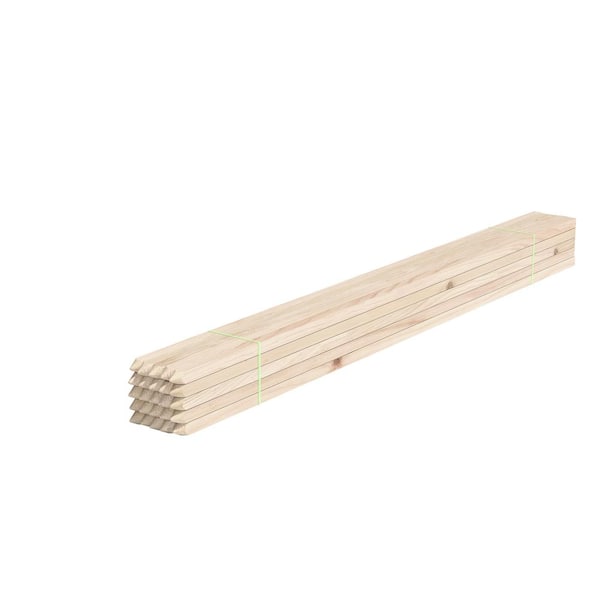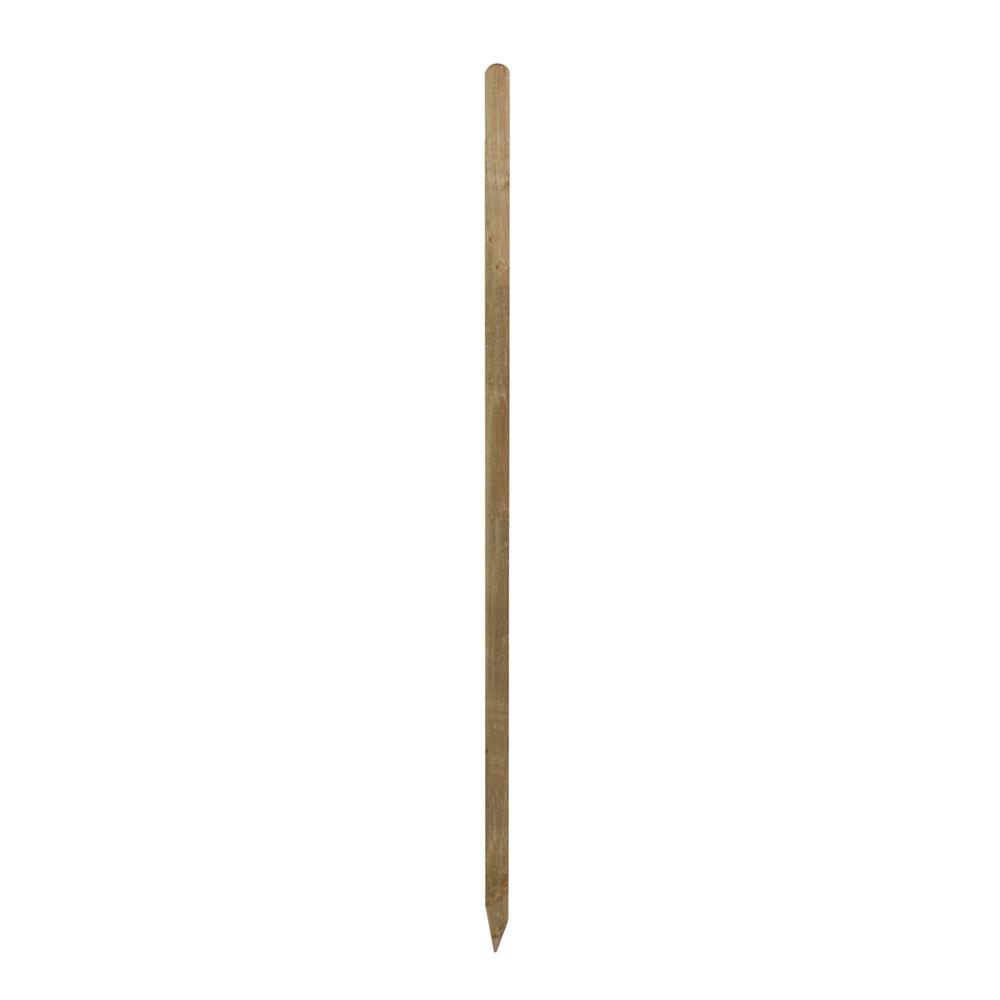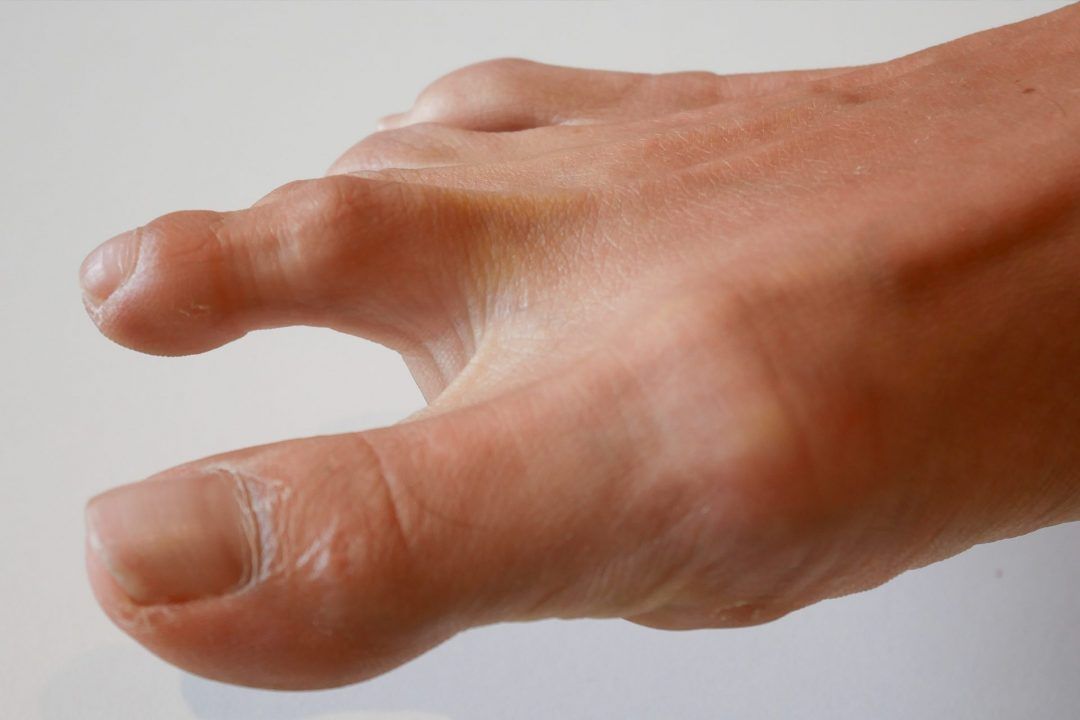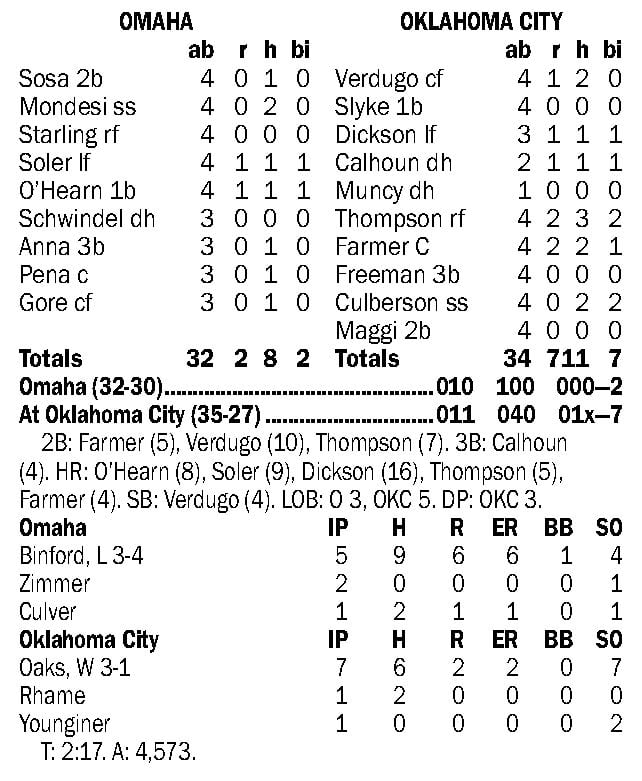Table of Content
I also wondered I’ve I bought a bottle with dead bacteria. It just looks like I’m spraying straight water out of the bottle. This seems like it should be a simple question, but it’s not very clear how much damage they cause.
Corn, an excellent rotation crop with tomatoes, supplies large amounts of organic matter and does not promote the growth of disease organisms that attack tomatoes. Certified seeds and plants are recommended and should be used whenever possible. Late blightthrives in cold, wet conditions and is commonly seen at the end of the growing season. Phytophthora infestans cause late blight, and the symptoms of the infection are water-soaked lesions on the leaves that quickly turn brown, and produce spores. As the fruit develops, the fruit will increasingly show symptoms, usually as ringed, sunken lesions. Advice from your local organic gardening center can be very helpful as well.
fast-growing vegetables for impatient gardeners
Also, harvest early since it doesn’t affect tomatoes early in the ripening process. Over time, the leaves will turn yellow and eventually dry out and fall off. A decline in leaves will also weaken the plant, causing it to grow slowly.

This fungus shows up as a small, circular, indented area on tomato fruits. If you keep a close eye on your plants' leaf health, watering status, and growth patterns, there's a good chance you'll be able to catch the disease early to treat or eradicate it. When late blight affects tomato leaves, large brown patches develop. Stem infections show up as hard, dark-brown sections with rounded edges.
Why Do My Grape Tomato Plants Have Brown Spots at the Tips?
The most effective options are crop rotation, getting rid of infected crops, and keeping the garden weed-free. Leaf mold shows up as yellow spots on the upper side of leaves. Also, underneath these spots are purple or olive-green patches of mold. Curling tomato leaves may also come about because of a viral infection transmitted through whiteflies. For this reason, try to eliminate whiteflies from your garden.
I use vermiculite on the top of my soil in the pots and it seems to work. Robert, I’m having this very problem now for the first time ever. I do have dryer sheets on hand, am I supposed to wrap them around the pots or should they be inserted into the potting mix directly? I think I’m having trouble because of our unusually cooler evenings, and it’s harder to balance the moisture in my pots even though I’m not adding additional moisture to them.
ways to keep your garden healthy in winter
Fusarium wilt is most common as a tomato plant disease in warm-weather regions and occurs during the warmest weather in cool areas. When watering tomatoes, water at the base of the plant. Also, water in the morning so wet leaves have time to dry before evening. Fungus gnats can usually be controlled effectively and even biologically or with home remedies.

Any reliable way to water plants if need to go on vacation for weeks? Am also looking into automation with humidity sensors. When it infects leaves, septoria leaf spots begin as small spots on the undersides of leaves near the bottom of the plant. The spots have dark brown margins with light gray or tan centers and sometimes yellow halos around the spots. These spots are quite distinctive to the disease, and under a magnifying glass you might even be able to see the fungal bodies. Stems can also be affected, but septoria rarely affects the fruit.
Preventing Tomato Plant Fungus
Later, mold may grow in the white spots and cause rotting. To effectively control the spread, destroy plants as soon as the tomato mosaic virus appears. Also, be sure to wash your hands thoroughly after touching an infected plant and sterilize any equipment.
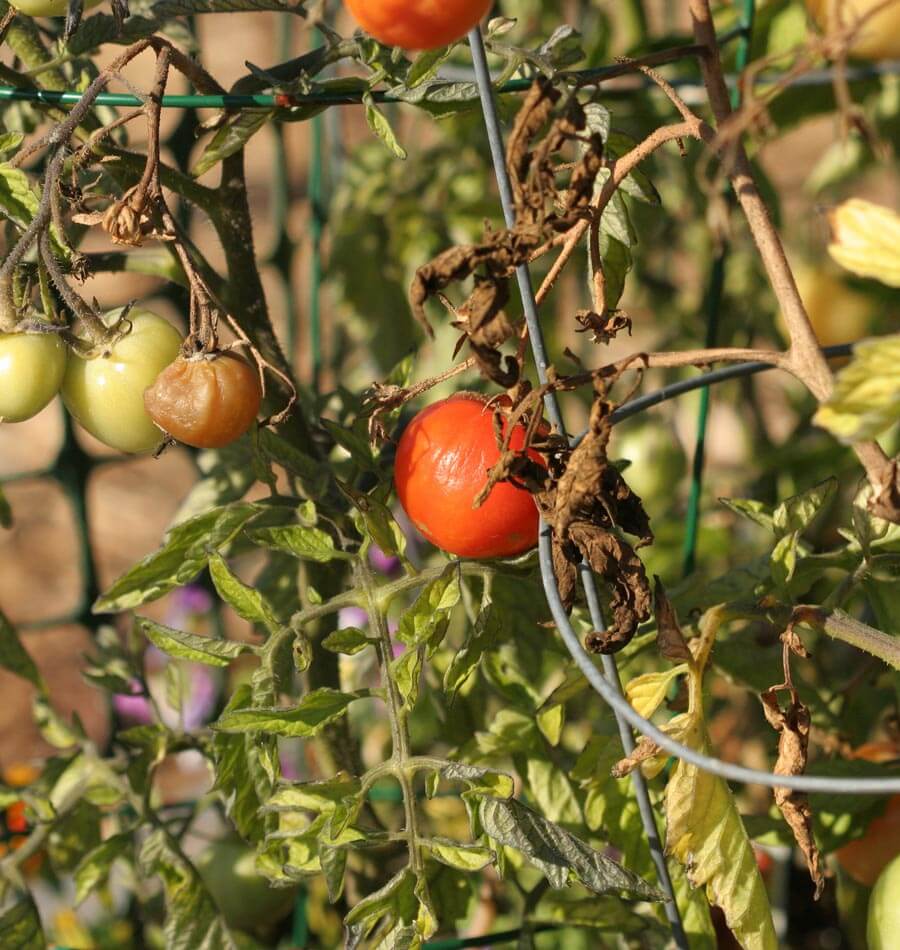
Infections can be severe in greenhouses and the fungus can also affect blossoms, fruits, and stems. Thankfully, it doesn’t affect the taste of the fruits. You can avoid it by making sure your soil drains well. Give adequate water and position tomato plants in full sun as well. Maintain a uniform supply of moisture through irrigation and adequate soil mulches. Mulches will not only keep the soil cooler and more evenly moist but will suppress weeds, thus reducing the need for nearby cultivation that may damage tomato roots.
Fruit cracks are exactly what it says — cracks appearing in the fruit. For example, getting heavy rains or excessive watering after a dry spell. The tomatoes will take up too much water and eventually crack. Elimination of infected plants is also effective in controlling it.

Separation of the main vines of the plant gives the entire plant good air circulation. Use care when attaching vines to stakes, fencing, and other types of supports. Soft materials work best as ties and the knot side should always lie against the support, not the actual vine. This will prevent accidental damage to the plant which can allow bacteria in. Fortunately, there are steps you can take to prevent and treat most of these problems. As you treat your tomatoes, make sure to disinfect any gloves and tools you are using, as they can spread the fungus to other healthy plants.
Note that no chemical control is available for fusarium wilt, making cultural practices of utmost importance when it comes to preventing this disease. Tomato yellow leaf curl virus is not seed-borne but is transmitted by whiteflies. This disease is extremely damaging to fruit yield in both tomato and pepper crops. Whiteflies may bring the disease into the garden from infected weeds nearby, such as various nightshades and jimsonweed.

Often a combination of bait stations and sap-feeding insect control is enough to completely eliminate a small colony. The ants will take this abundant food source laced with slow-acting poison back to their colony, where it will be distributed. It may take several weeks to control ants using baits.
Pythium & Root Rot in Tomatoes
Young leaf lesions are small and appear as dark, water-soaked spots. These leaf spots will quickly enlarge, and a white mold will appear at the margins of the affected area on the lower surface of leaves. Complete defoliation can occur within 14 days from the first symptoms. Infected tomato fruits develop shiny, dark, or olive-colored lesions, which may cover large areas. Fungal spores are spread between plants and gardens by rain and wind. A combination of daytime temperatures in the upper 70s °F with high humidity is ideal for infection.
To avoid these tomato plant diseases, plant tomatoes bred for disease resistance. See "Understand the Tomato Code," below, for more about tomato plant labels. Some claimperoxide kills the larvae and eggs of fungus gnats, but I could not find a reliable source that confirms this.

